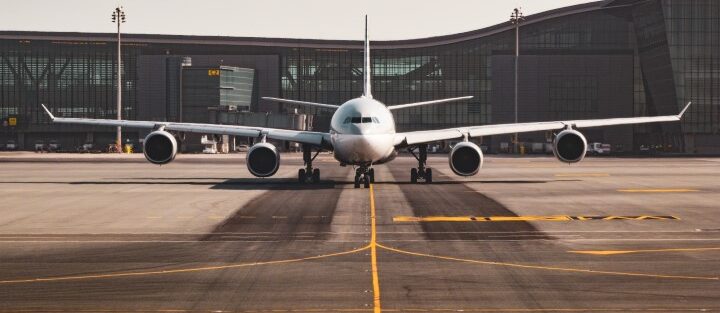Introduction
Airports are complex environments that require a multitude of technical systems to function effectively. To ensure the smooth operation of an airport, it is essential to have an integrated set of systems that can communicate with each other seamlessly. This article examines how structure cabling, CCTV, AV, IP Telephony, Video Wall, PA System, Data Center, WiFi, In-Building Mobile Communication, and technical services can help an airport function more efficiently.
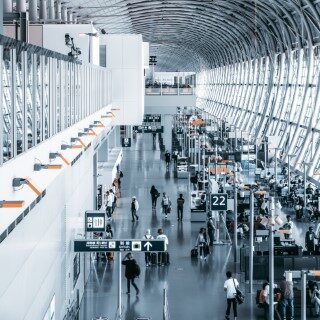
Structure Cabling
Structured cabling is the backbone of any airport’s communications network. It provides the physical infrastructure necessary for data and voice transmissions, allowing airport personnel to communicate with each other, track flights, and manage passenger traffic. A well-designed cabling system can ensure fast, reliable connectivity throughout the airport, including terminals, concourses, and parking garages.
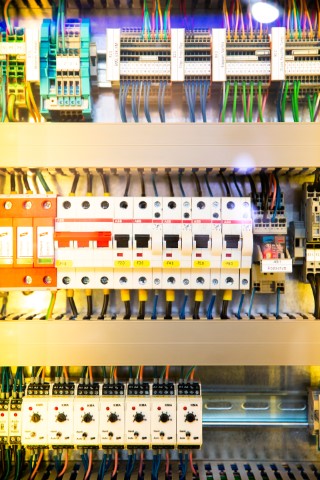
CCTV
Airports frequently utilize closed-circuit television (CCTV) systems to increase security and track traveler movement. Security staff can respond rapidly to possible threats when airport activities are being monitored in real-time by CCTV cameras. CCTV systems can assist identify possible security threats, spot suspicious behavior, and stop accidents by integrating cutting-edge video analytics software.
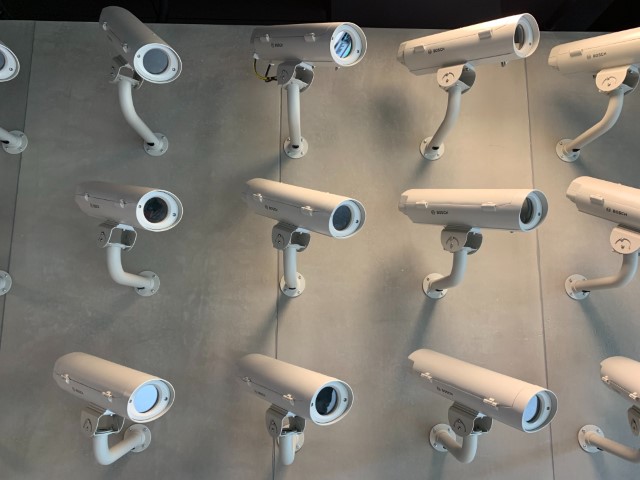
Audiovisual (AV)
Airports cannot function without audiovisual (AV) systems, which give travelers crucial information about their flights, such as gate changes, delays, and cancellations. Passengers can receive personalized messaging, advertisements, and other valuable information from large format screens, digital signs, and interactive kiosks. As with in-flight entertainment systems or airport lounges, AV systems can also offer entertainment and relaxation choices.
IP Telephony
Voice-over-Internet Protocol (VoIP) telephony systems are becoming increasingly popular in airports, as they can provide high-quality, reliable communication services while reducing costs. IP telephony systems allow airport staff to communicate with each other, airlines, and other stakeholders without worrying about long-distance charges or limitations on the number of phone lines.
Video Wall
Video walls are an excellent way to display important information, advertising, and other content to large groups of people. They can be used to deliver news updates, emergency information, and promotional material. Video walls are often used in airport terminals and waiting areas, where they can provide entertainment and information to passengers.

PA System
Public Address (PA) systems are used in airports to make important announcements, such as boarding calls, flight delays, and security alerts. PA systems can also be used to broadcast music or other entertainment options, enhancing the overall passenger experience.
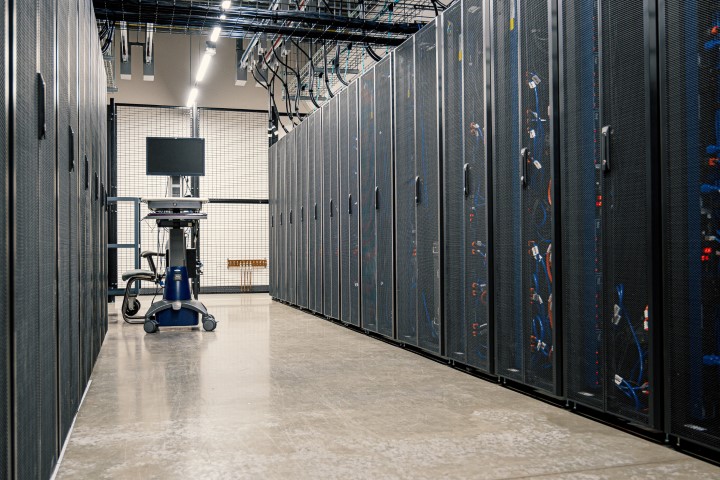
Data Center
Data centers are critical components of any airport’s IT infrastructure. They store and manage important data, including passenger information, flight schedules, and security data. A well-designed data center can ensure that airport operations run smoothly, without any interruption due to power outages, equipment failures, or other issues.
WiFi
WiFi is an essential service for passengers, as it allows them to stay connected with their loved ones, work remotely, or browse the internet while waiting for their flights. A fast, reliable WiFi network can enhance the passenger experience and increase customer satisfaction.
In-Building Mobile Communication
In-building mobile communication systems can enhance connectivity in areas where traditional cell phone signals are weak or nonexistent. These systems can improve communication between airport personnel, passengers, and airlines, ensuring that everyone stays connected, even in areas with poor reception.
Technical Services
Technical services are essential for maintaining and managing airport systems. They include everything from system design and installation to maintenance, repair, and upgrades. Technical service providers can ensure that all airport systems function smoothly, reducing downtime, and increasing efficiency.
Conclusion
In conclusion, the implementation of structured cabling, CCTV, AV, IP telephony, video walls, PA systems, data centers, WiFi, in-building mobile communication, and other technical services can greatly enhance an airport’s functionality and efficiency. These technologies can help with everything from enhancing security and providing real-time updates to improving passenger experiences and ensuring smooth operations. By investing in these technologies, airports can stay ahead of the curve and provide top-notch service to passengers and airlines alike. It is clear that technology has become an integral part of the aviation industry and will continue to play a crucial role in shaping the future of airports.
Reference
- T. Kaur, “Designing and Implementation of Wi-Fi Network at Airports,” International Journal of Research in Engineering and Technology (IJRET), vol. 4, no. 6, pp. 576-580, 2015. DOI: 10.15623/ijret.2015.0406072.
- P. J. Sung and Y. S. Chen, “Design and Implementation of In-building Mobile Communication System in Airports,” 2015 IEEE International Conference on Industrial Engineering and Engineering Management (IEEM), pp. 1150-1154, 2015. DOI: 10.1109/IEEM.2015.7385856.
- Y. Liao and Y. Cheng, “Design and Implementation of a Video Wall Display System for Airport Operations Center,” 2018 IEEE 22nd International Conference on Computer Supported Cooperative Work in Design (CSCWD), pp. 273-277, 2018. DOI: 10.1109/CSCWD.2018.8465135.
- R. P. Neupane, “CCTV and Its Application at Airport,” 2017 14th International Conference on the European Energy Market (EEM), pp. 1-5, 2017. DOI: 10.1109/EEM.2017.7981902.
- T. V. N. Raju and K. V. N. Surendra, “Design and Implementation of IP Telephony System for Airport Communications,” 2017 IEEE International Conference on Computational Intelligence and Computing Research (ICCIC), pp. 1-4, 2017. DOI: 10.1109/ICCIC.2017.8429277.
- N. T. Tri and L. H. Thien, “Design and Implementation of Public Address System for Airport,” 2019 IEEE 11th International Conference on Knowledge and Systems Engineering (KSE), pp. 65-70, 2019. DOI: 10.1109/KSE.2019.8919382.
- T. Adachi, T. Kondo and M. Higashino, “Design and Implementation of Data Center for Airport Operation Support,” 2017 IEEE 41st Annual Computer Software and Applications Conference (COMPSAC), vol. 1, pp. 212-217, 2017. DOI: 10.1109/COMPSAC.2017.38.

